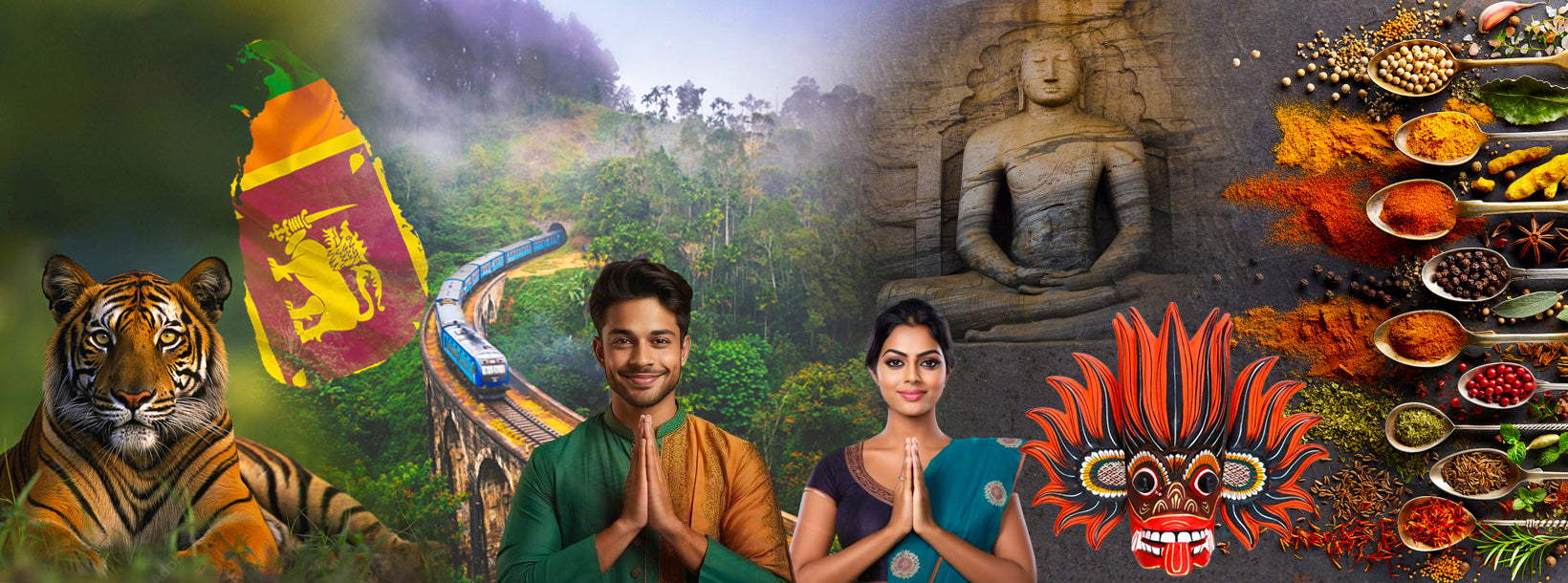
스리랑카
남아시아의 섬나라 스리랑카는 풍부한 문화 유산, 다채로운 자연 경관, 그리고 야생 동물로 유명합니다. 유서 깊은 사원, 깨끗한 해변, 울창한 차 농장, 그리고 활기 넘치는 축제 등 다채로운 매력을 자랑합니다. 스리랑카만의 독특한 문화, 따뜻한 환대, 그리고 맛있는 요리는 여행객들에게 매력적인 여행지로 자리매김합니다.
Sinhalese People
Sinhalese, also spelled Singhalese or Cingalese, member of a people of Sri Lanka (formerly Ceylon) who constitute the largest ethnic group of that island. In the early 21st century the Sinhalese were estimated to number about 13.8 million, or 73 percent of the population. Their ancestors are believed to have come from northern India, traditionally in the 5th century BCE. Their language belongs to the Indo-European family.
Most Sinhalese are agriculturalists. The low-country Sinhalese of the southern and western coastal regions have been heavily influenced by European culture, while the Kandyan Sinhalese of the highlands are more traditional. The Sinhalese are Theravada Buddhists except for a Christian minority.
Like other peoples of Sri Lanka, the Sinhalese constitute a caste-based society with a complex structure historically founded largely on occupation. Differences in religious and other customary practices are minimal between the castes. Marriage is generally endogamous within the same caste, with spouses drawn preferably from the children of the mother’s brother or father’s sister. Monogamy is the rule, as polygyny and polyandry were declared illegal in the mid-19th century.
The Sinhalese people are the largest ethnic group in Sri Lanka, making up about 75% of the population. Their origins are linked to the arrival of Prince Vijaya from India in 543 BCE, along with his followers, according to the ancient chronicle, the Mahavamsa. This foundational myth is celebrated in Sinhalese culture, which is predominantly influenced by Buddhism, introduced to the island in the 3rd century BCE during the reign of King Devanampiyatissa.
The Sinhalese have historically been concentrated in the central, western, and southern parts of the island, with their language, Sinhala, being one of the two official languages of Sri Lanka. Their culture is rich with traditions stemming from Buddhism and ancient folk beliefs, and it is reflected in the country’s festivals, dance, music, and arts.
Throughout Sri Lanka’s history, the Sinhalese have played a crucial role in the political, social, and economic spheres. They have been instrumental in shaping the nation's identity, from the ancient engineering marvels such as large-scale irrigation systems to the vibrant literary and artistic expressions seen today. The Sinhalese continue to influence the island’s trajectory through their majority status, contributing to the complex inter-ethnic dynamics within Sri Lanka (Sinhala: Sinhala Jathiya, also known as Hela or Sinhale)









